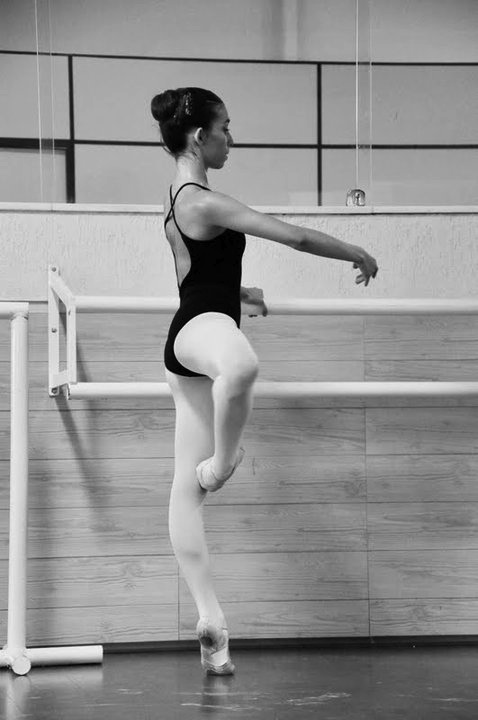 Sometimes tap dancing can seem complicated with its many rhythms and intricate steps, but every step is composed of a many smaller simple steps.
Sometimes tap dancing can seem complicated with its many rhythms and intricate steps, but every step is composed of a many smaller simple steps. Unlike ballet, the trick to a good tap sound is keep your knees a little bent and loosening up your ankles and feet. It is also helpful to know where your weight is as it is constantly shifting from one foot to another.
Put these simple steps together and form your own tap dance to your favorite song! You'll be a regular Fred Astaire in no time!
just tap it on the floor in front
of you with the front tap.
This can also be done to the
side and back.
edge of the heel tap
against the floor.
Hit the back edge of the heel
tap against the floor. This can
be done to the back, or
crossing the leg in front.
hitting only the ball tap (front toe tap)
on the floor. You can also swing from
the front to the back too.
Put these steps together and try out this routine:
Tap with the RIGHT, step together
Tap with the LEFT, step together
Double tap with the RIGHT, step together
Double tap with the LEFT, step together
Dig with the RIGHT, step together
Dig with the LEFT, step together
Double dig with the RIGHT, step together
Double dig with the LEFT, step together
Brush to the FRONT, then BACK, then knock in back with RIGHT foot, step together
Brush to the FRONT, then BACK, then knock in back with LEFT foot, step together
Brush to the FRONT, then BACK, then knock in back with RIGHT foot, step together
Brush to the FRONT, then BACK, then knock in back with LEFT foot, step together
Brush to the FRONT, then BACK, then knock in back with RIGHT foot, step together
Brush to the FRONT, then BACK, then knock in back with LEFT foot, step together
Take a bow!- Step to the RIGHT, knock LEFT foot behind
Step to the LEFT, knock RIGHT foot behind
Happy tap dancing!
Miss Tess
tessc@balletpetite.com





